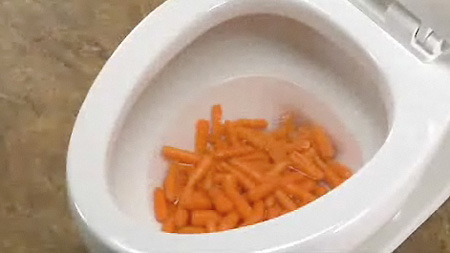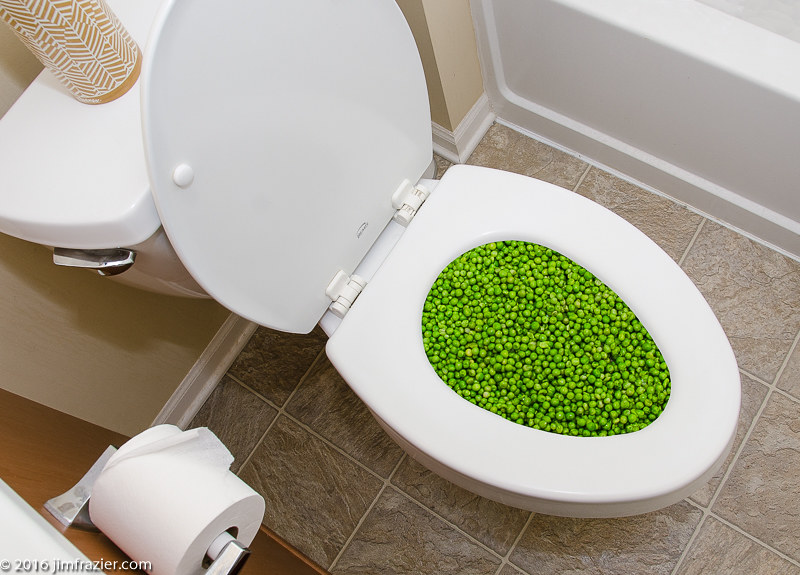We have found this article relating to Flushing Food Down the Toilet? listed below on the internet and believe it made good sense to quickly share it with you here.

Intro
Many people are often confronted with the problem of what to do with food waste, especially when it comes to leftovers or scraps. One usual inquiry that develops is whether it's alright to purge food down the bathroom. In this article, we'll look into the reasons why individuals might consider purging food, the repercussions of doing so, and different techniques for appropriate disposal.
Reasons why people could consider purging food
Lack of understanding
Some individuals may not know the possible harm brought on by purging food down the toilet. They may wrongly believe that it's a safe method.
Comfort
Flushing food down the bathroom may feel like a fast and simple service to disposing of unwanted scraps, especially when there's no nearby trash bin readily available.
Negligence
In some cases, individuals may just select to flush food out of large negligence, without considering the effects of their activities.
Repercussions of flushing food down the bathroom
Ecological influence
Food waste that winds up in waterways can add to contamination and harm water communities. Furthermore, the water made use of to flush food can stress water resources.
Pipes problems
Flushing food can result in stopped up pipes and drains, creating expensive plumbing repair work and inconveniences.
Types of food that ought to not be purged
Coarse foods
Foods with fibrous textures such as celery or corn husks can get entangled in pipes and create blockages.
Starchy foods
Starchy foods like pasta and rice can take in water and swell, causing clogs in pipes.
Oils and fats
Greasy foods like bacon or food preparation oils need to never be flushed down the bathroom as they can strengthen and trigger obstructions.
Proper disposal approaches for food waste
Using a garbage disposal
For homes furnished with waste disposal unit, food scraps can be ground up and purged through the plumbing system. Nonetheless, not all foods are suitable for disposal in this manner.
Recycling
Particular food product packaging materials can be reused, lowering waste and decreasing ecological influence.
Composting
Composting is an eco-friendly method to get rid of food waste. Organic materials can be composted and used to enrich dirt for gardening.
The importance of correct waste administration
Decreasing environmental harm
Correct waste administration methods, such as composting and recycling, aid minimize air pollution and preserve natural deposits for future generations.
Safeguarding plumbing systems
By avoiding the practice of flushing food down the bathroom, homeowners can stop pricey pipes repair services and preserve the integrity of their plumbing systems.
Final thought
To conclude, while it may be alluring to flush food down the commode for ease, it is necessary to comprehend the potential effects of this activity. By adopting appropriate waste monitoring methods and disposing of food waste responsibly, people can contribute to much healthier plumbing systems and a cleaner setting for all.
FLUSH FOOD DOWN THE TOILET?
FLUSHING FOOD CAN CAUSE BLOCKED DRAINS IN YOUR HOME
All of the plumbing fixtures in your home are connected to the same sewer pipe outside of your home. This outdoor sewer pipe is responsible for transporting all the wastewater from your home to the Council sewer mains. Even small pieces of food that go down the kitchen sink can cause problems for your sewer. It should therefore be obvious that flushing larger bits of food, such as meat, risks a clog in either the toilet itself or the sewer pipes. Flushing greasy food is even more problematic because oil coagulates when it cools, coating the interior lining of your pipes.
THE TOILET IS NOT A BIN
Food isn’t the only thing that people shouldn’t be flushing down the toilet. People use the toilet to dispose of all kinds of things such as tampons, makeup wipes, dental floss, kitty litter and even underwear. Water goes to great lengths to educate residents about the high costs and stress placed on wastewater treatment systems simply from people flushing the wrong stuff down the toilet. It costs taxpayers millions of dollars each year, and homeowners thousands in blocked drain repairs.
FLUSHING FOOD IS A WASTE OF WATER
Flushing food is a waste of our most precious resource - water. In June this year Level 1 water restrictions were introduced to protect water supply from drought conditions. Much of New South Wales continues to be affected by prolonged drought with recent figures revealing up to 97 per cent of the state remains in drought. Depending on whether you have a single or dual flush toilet, every single flush uses between five and 11 litres of water. In the current climate this is a huge amount of water to be wasting on flushing food that should be placed in the bin (or better yet, the compost).
https://www.jabplumbingsolutions.com.au/blog/can-you-flush-food-down-the-toilet

As a keen person who reads about Think Twice Before Flushing Food Down Your Toilet, I assumed sharing that piece of content was a good idea. Kindly take the opportunity to promote this write-up if you enjoyed reading it. Bless you for being here. Revisit us soon.
Click Here To Find Out More
Comments on “Are You Allowed to Dispose of Food Down the Toilet?”